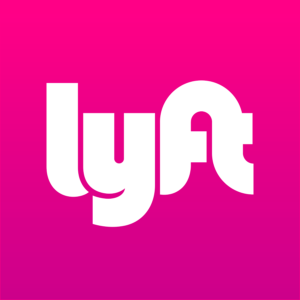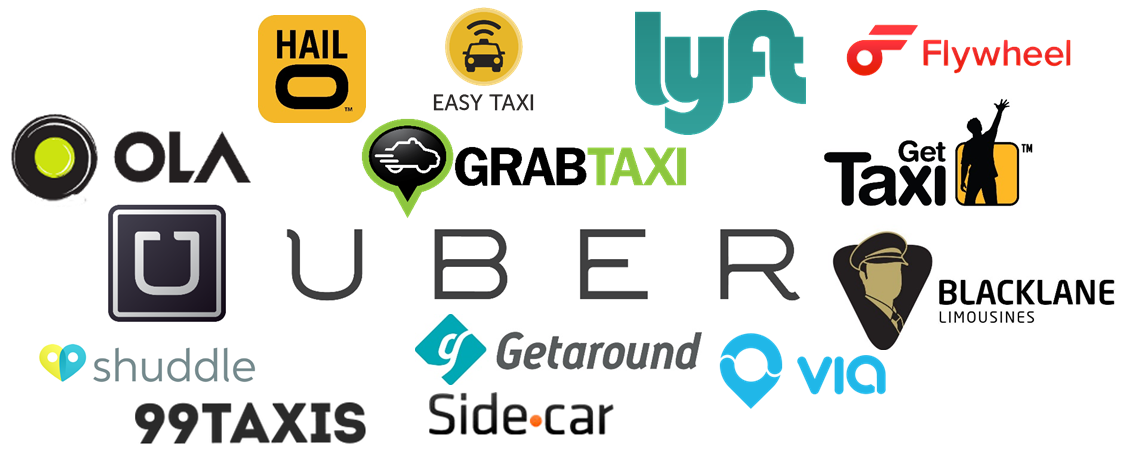
- Products
- Solutions
- Learn
- Partner
- Try Now
The Fear
A lot of our scenarios place you, the reader, in the position of the aspiring entrepreneur in the on-demand space. While we’ve had endless posts for prepping and equipping you for your next big idea and your next big disruption, we haven’t quite addressed the fear of competition by name: the ubiquitous Uber.
Many agencies in this space naturally venerate Uber, and with good reason – they were the progenitors of the on-demand world – more importantly, they were the most visible progenitors. Now, Uber’s valuation is far beyond any other unicorn in the same bracket of well-to-do on-demand businesses – some sources peg it at $66 billion while others value it at a lesser amount since Uber is quite secretive about its account books – but the point remains, that Uber literally has a mountain of capital at their command.
In the same vein, Uber’s aggressive marketing campaign has ensured that it’s become a household name, and the go-to operator for your on-demand personal transportation needs. Uber also has its hands full because of its similarly aggressive expansion and diversification into other verticals – food delivery and commodity delivery (UberRUSH and UberEATS), along with maintaining a global presence.
So, we understand your apprehension when you decide to invade these spaces with your own idea. However, the fear itself might not be wholly substantiated. Why? Well, we shall outline a few, very powerful reasons for you to go ahead with your investment plans and begin your own taxi-hailing service – think of them as chinks in Uber’s armour if you want, but more importantly, think of them as learning opportunities for your own venture by observing Uber’s mistakes, and the rise of other competitors.
Uber and Legislation
Since Uber’s inception and subsequent rise, the company has been plagued by severe lawsuits, on several fronts. The primary point of contention seems to be Uber’s business model – which may raise alarms in your head, but panic is not advised.
Uber for X essentially justifies Uber’s model as its originator – however, there are a few things that could be smoothened over before we regard that as the Holy Grail. First, like most on-demand companies, Uber treats its drivers like freelancers – their work schedules are flexible, and their incomes purely dependent on the amount of rides they manage during the month, or a set time period.
Thus, drivers from New York to London have been heckling the company, stating that they need to be recognized as employees. While earlier, the problem was them not making money due to low fares in 2014, Uber managed to repeat the same mistake for increasing demand this year in January. Overall conditions and service perks for drivers also happen to be harsh, especially with the rating system often putting drivers in jeopardy – sometimes by mistake, or due to systemic hitches.
The main reason cited by drivers for joining Uber was precisely to escape taxi-cab companies and their on-going tyranny, since Uber’s flexibility and independence would normally guarantee that. While we in the on-demand world agree on the freelancing model being fair and even in terms of compensation, different industries need different modes of operation.
Uber has also been sued more than any other unicorn, for a variety of different reasons. Court records suggest that there are 50 or so lawsuits currently pending against Uber. 17 were filed by Uber drivers, 15 by taxi and livery companies, and more than a dozen by customers for all sorts of charges ranging from assault to mistreatment.
Employee classification suits, background check-based lawsuits (criminally oriented drivers and the like), rider safety suits and an improper shutdown suit in Texas – Uber is simply plagued by these since the attorney Shannon Liss-Riordan hit Uber in 2013 with an $84 million settlement.
Uber and Competition
Didi Chuxing, China
Being the on-demand behemoth for the world has its challenges, and you bet Uber does too. Regional competitors are cutting through Uber’s share like sharks in the bleeding water – a few names like Didi Chuxing, Grab and Lyft are stellar examples of these. Uber’s battles in these foreign regions have not resulted in easy victories for them – Didi Chuxing has actually been a very strong competitor, with a valuation of $35 billion and is backed by the Chinese super-triad of investors – Alibaba, Tencent and Baidu, along with tech-giants like Apple. This valuation was only reached after they acquired Uber on the 1st of August in 2016, with Uber declaring several loss-making skirmishes through the year.
Grab, South East Asian Hemisphere

Grab is another great competitor whose operational model is benefitting them very nicely. By keeping their focus initially hyperlocal, they scaled up slowly to cover the South East Asian region. They have also managed to get almost every aspect right where Uber fails. They treat their drivers like employees, their on-boarding process is physically done for safety amplification, they work with governments and other regulatory bodies rather than against them; meeting them halfway – over that, their employee program is actually very lucrative, leading to a low attrition rate.
Lyft, U.S.

Lyft is another customer which is gaining momentum in the on-demand transportation sector. While its figures are nowhere close to Uber’s in terms of sheer scale, a key thing to examine is Lyft’s stupendous growth rate. To be successful in this volatile market, being the best or the biggest may not be the most fortunate thing – but exponential growth is always appreciated. Its focus for the past year has been the innovative, yet aggressive spending on marketing campaigns. In 20 U.S. cities where 80% of the rides are taken, Lyft has been matching Uber in terms of market share – and Lyft made a jump in October last year from 7 million to 11 million rides in the US alone.
Careem, Middle Eastern Hemisphere
Careem happens to be a young, Middle Eastern ride sharing venture, and the newest unicorn in this list due to a stupendous round of funding. Despite being 4 years old, Careem is present in 47 cities across 11 countries 0 including Turkey, Pakistan and quite a few Middle Eastern nations. Japanese e-commerce firm Rakuten and and the Saudi Telecom Company (STC) led the current funding rounds, pumping in as much as $350 million. Most of this money seems to be directed towards expanding Careem’s market in yet another sphere of influence.
Takeaways
We can elaborate on a few others like Ola, the Mumbai-originated cab aggregator – or Curb, another start up in the U.S. However, the idea to take away is this – it does not seem possible in the on-demand world to simply monopolize the market. Why?

Well, let’s take a look here. While ride-sharing algorithms are being improved on every day and newer tech seems to not halt in terms of development, there is a point where excellence and survival can only occur if companies don’t simply ride the wave of expansion without properly consolidating market share. The world’s unipolar nature as concerns taxi sharing is not going to last long – the slow whittling of Uber’s defences has already begun, and has taken off in many countries.
Thus, the taxi sharing business will have a multipolar world. Here, regional giants will dominate and if they do not scale up smartly, or learn to leverage reform accurately, they will fall to the wayside. This only suggests that the taxi sharing market, with its currently exciting state of affairs, is actually ripe for some disruption. This would be the right time to foray in here with your next idea.
While you do give it some thought, think of ride sharing to be more of a blanket term. It does not have to be limited to cabs – three wheelers, motorcycles, bicycles and what have you – all can effectively be utilised for the next disruption with a well-planned on-demand model in place.
Entrepreneurs needn’t shake and quiver at the mention of Uber. Knowledge, preparation, innovation and the right collaboration will surely take you on a path that is extremely profitable and favourable – keeping an eye open for the right opportunity is what is more important here, coupled with an understanding of the ride sharing market, which we hoped to provide with this article.
Subscribe to stay ahead with the latest updates and entrepreneurial insights!

Subscribe to our newsletter
Get access to the latest industry & product insights.





















